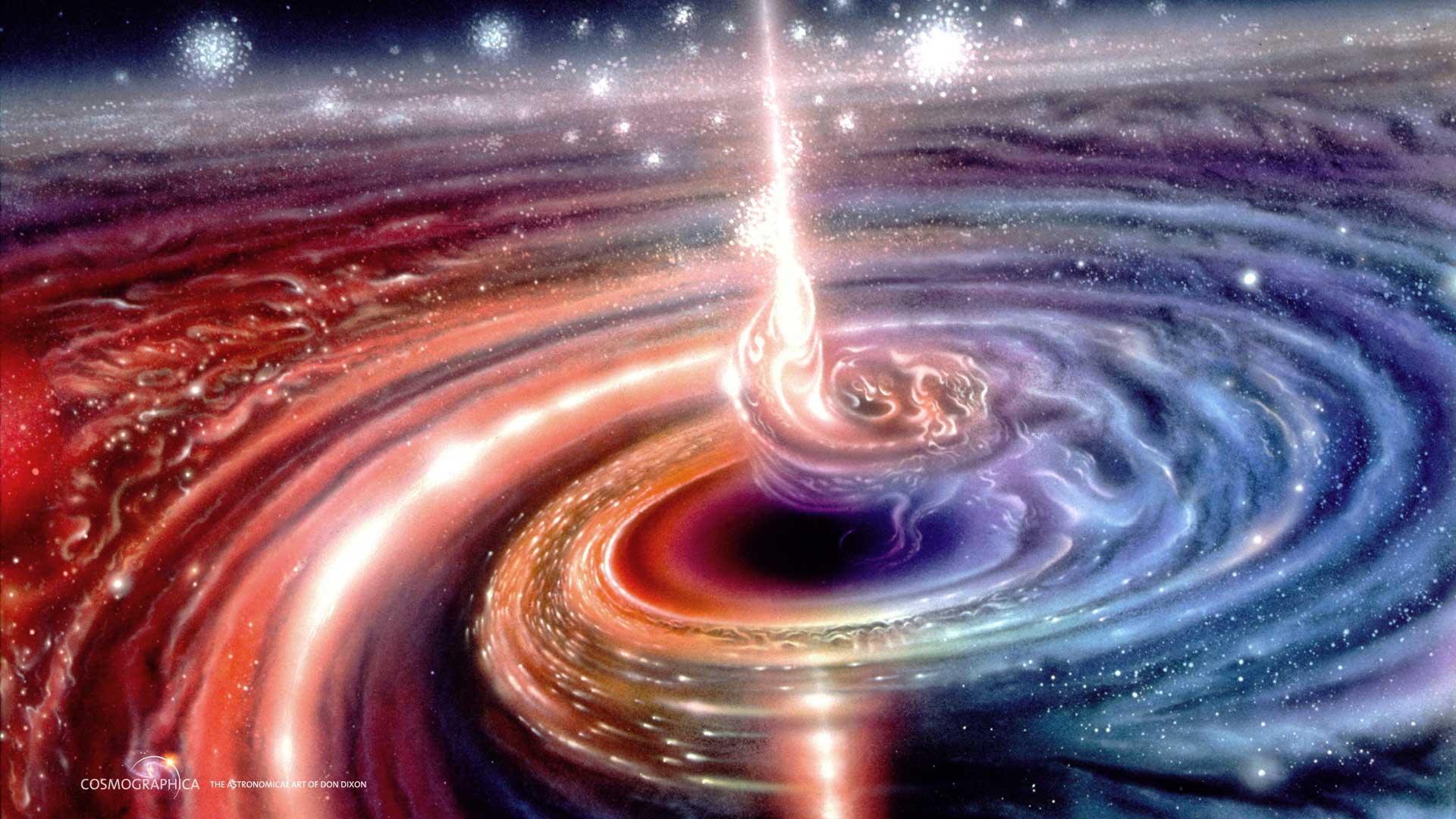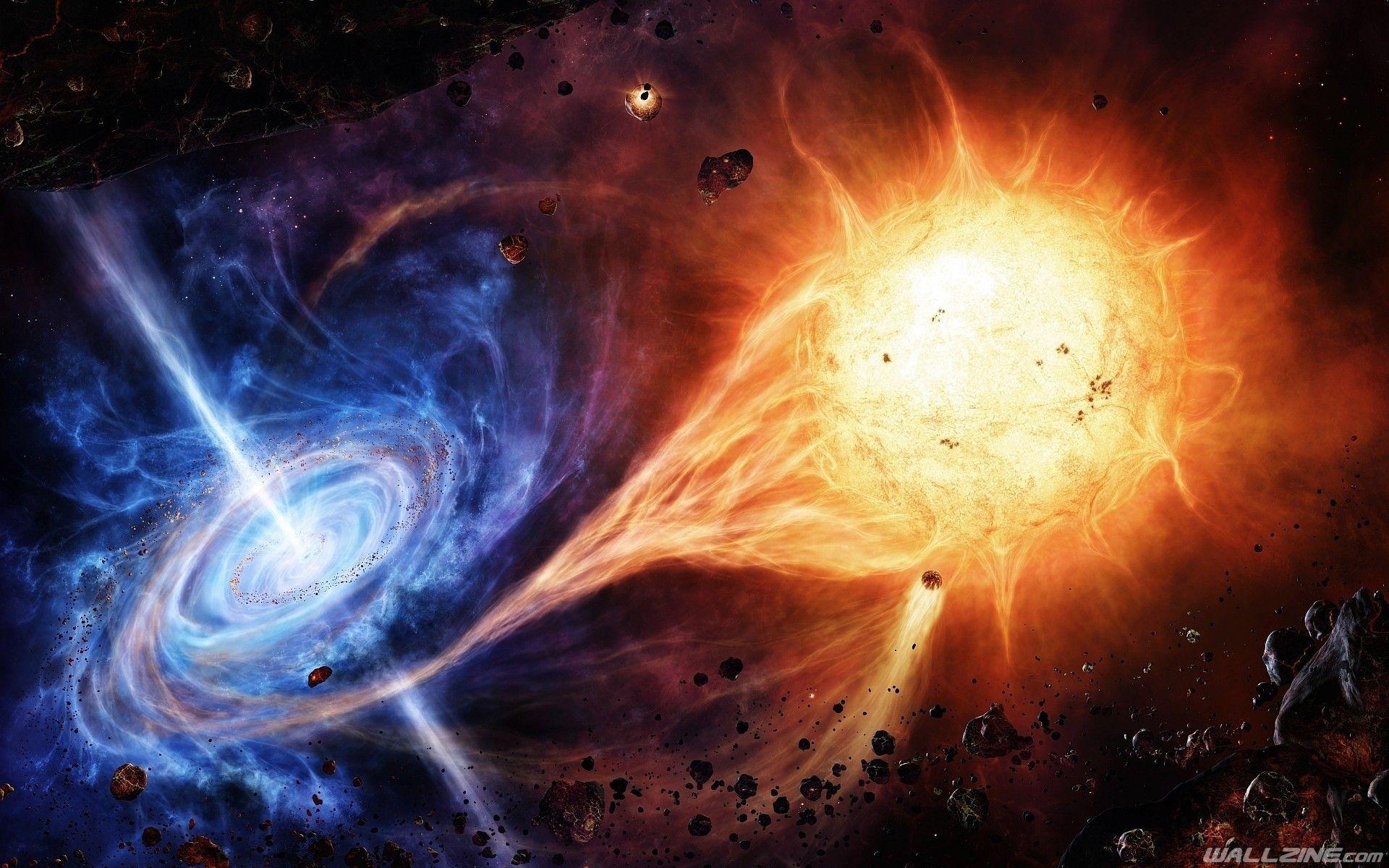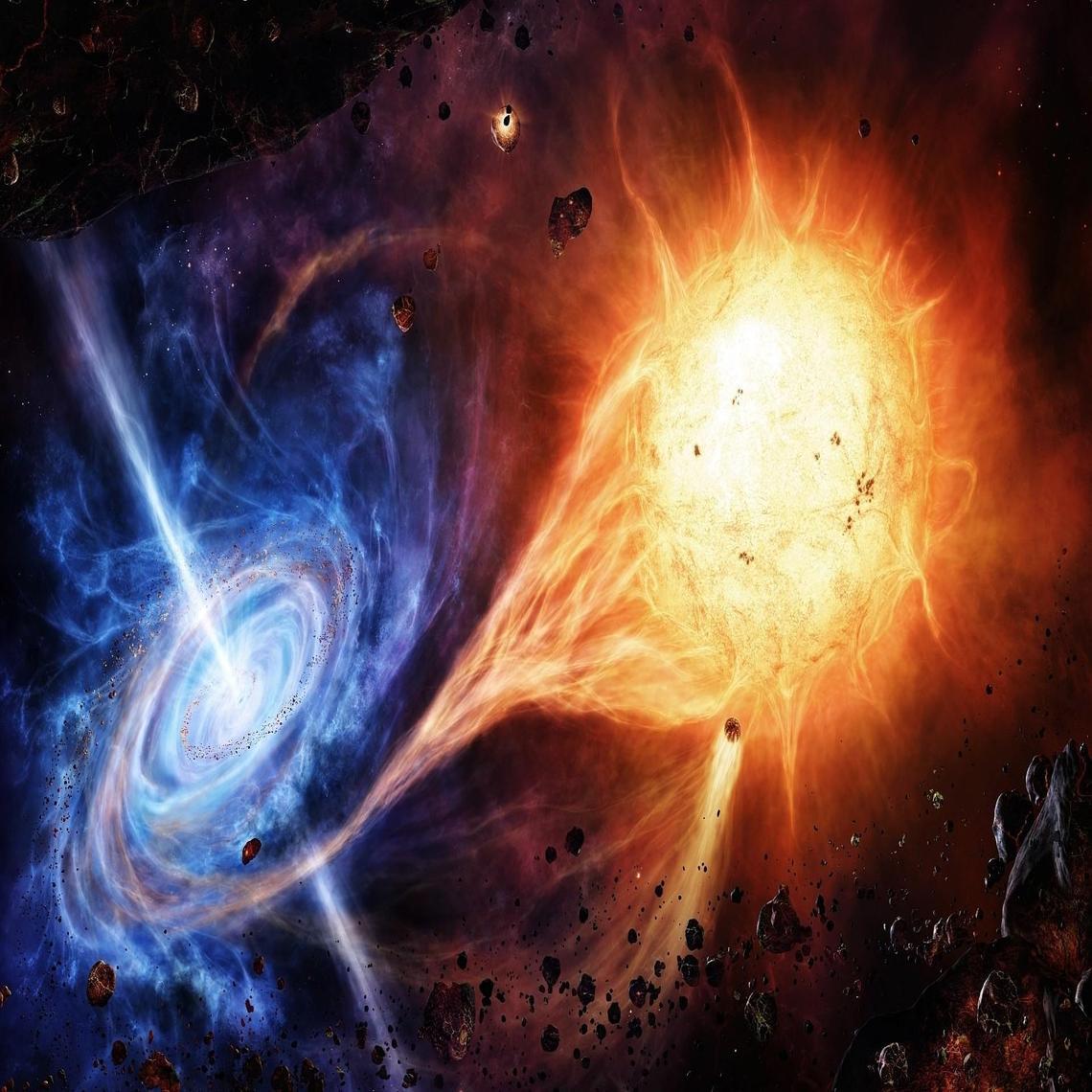

The near-freezing climate prevailing at the sky-scraping summit of Maunakea (13,796 ft or 4205 m) make it one of the only sites on Earth with instruments sensitive enough to observe such red wavelengths,” said Joe Hennawi, a professor at UC Santa Barbara who helped execute the observations with the Keck/NIRES spectrograph. “Observing infrared light requires low temperatures. For such distant quasars, the most important spectral lines are redshifted to near-infrared wavelengths and Keck’s NIRES spectrograph is an excellent instrument for these observations,” said co-author Aaron Barth, a professor of Physics and Astronomy at the University of California, Irvine. “Measurement of spectral lines that originate from gas surrounding the quasar’s accretion disk allows us to determine the black hole’s mass and study how its rapid growth influences its environment.

Once the team confirmed its identity as a quasar, they obtained high-quality spectra from Keck Observatory and Gemini North to measure the mass of the central supermassive black hole. The observations that led to this discovery were made using a variety of observatories around the world, including several world-class telescopes in Hawaiʻi.ĭata from Pan-STARRS1 and the UKIRT Hemisphere Survey helped to first identify J0313-1806. “Black holes created by the very first massive stars could not have grown this large in only a few hundred million years,” says Feige Wang, NASA Hubble fellow at the University of Arizona and lead author of the research paper. The presence of such a massive black hole so early in the universe’s history challenges theories of black hole formation. “The most distant quasars are crucial for understanding how the earliest black holes formed and for understanding cosmic reionization - the last major phase transition of our universe,” said Xiaohui Fan, study co-author and Regents Professor of Astronomy at the University of Arizona. Keck Observatory, and the international Gemini Observatory, a Program of NSF’s NOIRLab – as well as Pan-STARRS1, a survey telescope on Maui operated by the University of Hawaiʻi Institute for Astronomy, has been accepted in The Astrophysical Journal Letters and is available in pre-print format on. The study, which includes data from several Maunakea Observatories in Hawaiʻi – UKIRT, W. The amount of energy emitted by quasars is enormous, with the most massive examples easily outshining entire galaxies.Īt an AAS press conference today, January 12, 2021, an international team of astronomers announced the discovery of J0313-1806, the most distant quasar known to date with a redshift of z = 7.64. They occur when gas in the superheated accretion disk around a supermassive black hole is inexorably drawn inwards, radiating light across the electromagnetic spectrum. Maunakea, Hawaii – Quasars, which are powered by the feeding frenzies of colossal supermassive black holes, are the most energetic objects in the universe. The result was released today at the January 2021 meeting of the American Astronomical Society (AAS). Seen more than 13 billion years ago, this fully formed distant quasar is also the earliest yet discovered, providing astronomers with insight into the formation of massive galaxies in the early universe.

The quasar, seen just 670 million years after the Big Bang, is 1000 times more luminous than the Milky Way, and is powered by the earliest known supermassive black hole, which weighs in at more than 1.6 billion times the mass of the Sun. The most distant quasar known has been discovered. da Silva Maunakea Observatories Provide Key Observations


 0 kommentar(er)
0 kommentar(er)
